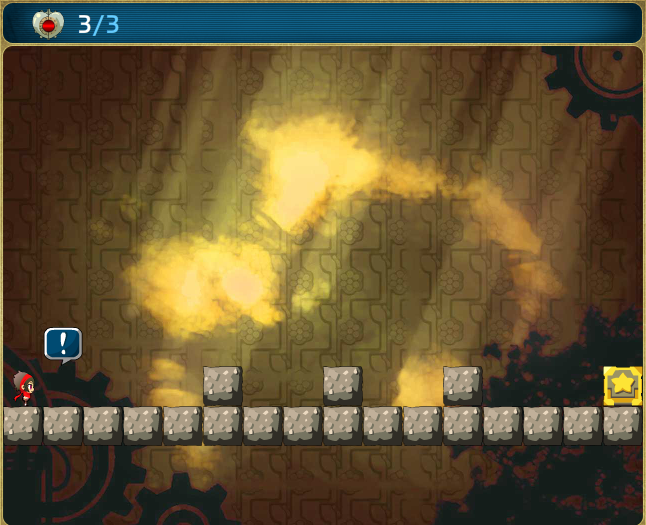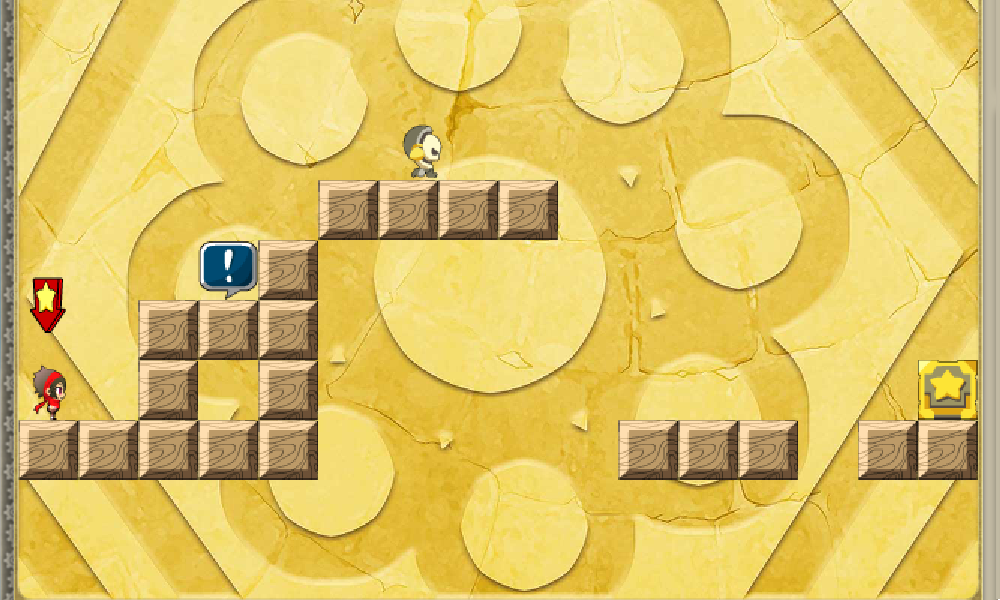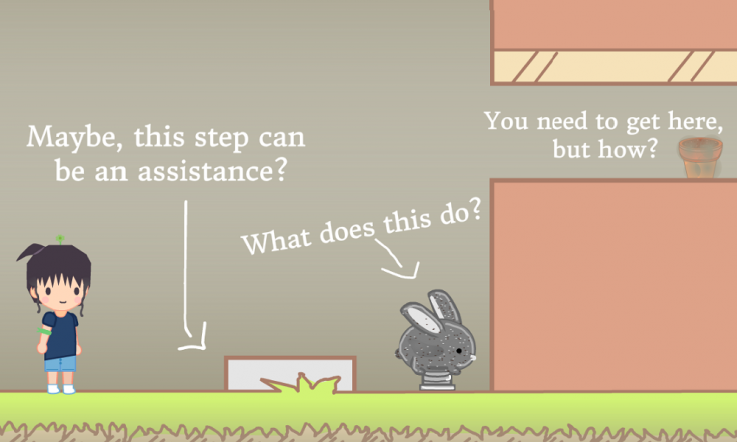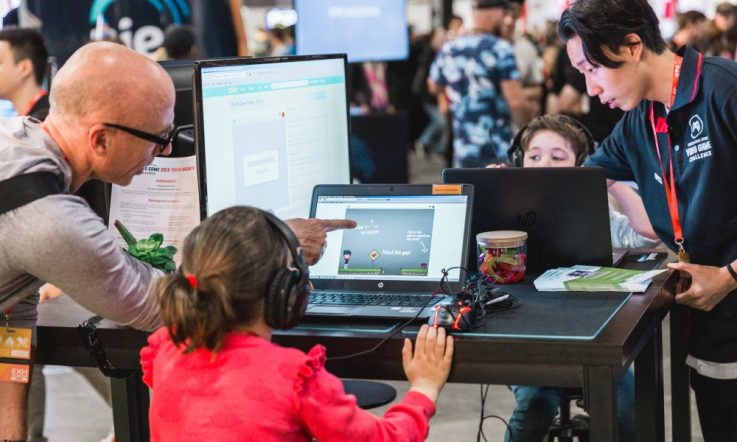Are you looking for an engaging and authentic STEM learning experience for your students? The STEM Video Game Challenge has just wrapped up for another year, and the winners in each category have once again demonstrated how they can use their skills in coding and design to create their own original, playable video game.
The challenge, which takes place each year with a different theme, is managed in Australia by the ACER Foundation, a charitable organisation underwritten by the Australian Council for Educational Research (ACER).
This year, the theme was ‘emergence' which saw teams have many different interpretations. One team had the character in their game turn into different creatures to demonstrate the theme, and another created a game to allow players to design their own space, showing how a space can ‘emerge'.
Years 5-8: Playable game – Open category
Locked Up, Team: LEV Games (Emily Freeman, Veronica Walters and Lesay Asefa; St Anthony's School, WA)

The winners for this category were mentored by Year 6 teacher Ben Wynne, a familiar face here at Teacher. Wynne featured in a Teacher video series during this year's challenge and documented his experiences.
The winning team, LEV Games, created their 15 level game in Gamestar mechanic. It features a character named Jade who is trying to escape prison by beating the prison guard she meets at each level. This tasks becomes increasingly more difficult as the user progresses through the levels.
If the user completes the game, they see Jade ‘emerge' from prison.
Years 5-8: Playable game developed in GODOT
Sheep Doggo, Team: Hunter Burfitt (Hunter Burfitt; Brentwood Secondary School, VIC)
This game centres around sheepdogs that are herding sheep. It takes place on an Australian farm and is designed for players of all ages.
The player controls the movement of the dog with their mouse, and can also make the dog bark.
Artificial intelligence also comes into this game, with this aspect emerging through the sheep as the player progresses through the game.
Years 5-8: Playable game developed in Scratch
Gamesaver, Team: Team 1 (Asha Sutton, Zoe Allen, Andrei Leed, Laila Chopra; Balmain Public School, NSW)
This game was created for seven to 15 year-old players. It's an action adventure game that sees the player take a potion to transform (or ‘emerge') into different shapes, animals and other objects like a spaceship or a lollipop.
This team created four separate characters that the player can choose from, and the game takes you through multiple different environments and settings. This also points to the theme, with the player travelling into different environments as they progress through the game.
Years 9-12: Playable game – Open category
Speciation, Team: Will (Wil Linder; Arndell Anglican College, NSW)
This game was made by an individual and was developed in GameMaker. The title of their game is a nod to the challenge's theme, with speciation referring to the formation of new and distinct species through evolution. It's designed for players of all ages, but particularly for those under the age of 12.
The game takes you through the ocean and the city and sees the character begin as a plankton, then change into a fish, then a lobster, and finally a human.
Years 9-12: Playable game developed in GODOT
Roomscape, Team Nimblebonk Clan (Christopher Stevens, Connor Mart, Hugo Kuang, Mitchell Wilson; Wirreanda Secondary School, SA)
In ‘Roomscape', players are trapped in a house and need to complete a range of puzzles to be able to escape. The team explored the challenge's theme of emergence by having the solutions to these puzzles emerge as the player completes them.
The puzzles must also be completed before the timer expires.
Years 9-12: Playable game developed in Unity & Unreal
Poly City, Team: The Obtuse Rail Cars (Jack May, Matisse Billing, Oliver Murray, Tobias Lightfoot; St. Patrick's College, QLD)
‘Poly City' is a city building game, and the creators say that the theme of emergence is explored by allowing players to construct their own space, therefore allowing their desired space to emerge.
It's aimed at players aged 10 to 16 and requires players to create their own city and gather enough resources to sustain it. The aim of the game is to create the biggest city possible, and manage its resources effectively.
The STEM Video Game Challenge is an authentic STEM activity which involves students participating in coding and design which culminates in a playable video game being produced.
In your school context, do students have the opportunity to participate in an authentic STEM learning activity? Has this enhanced student engagement?
Details for the 2020 Australian STEM Video Game Challenge will be made available on the official website. For more information, visit stemgames.org.au.



